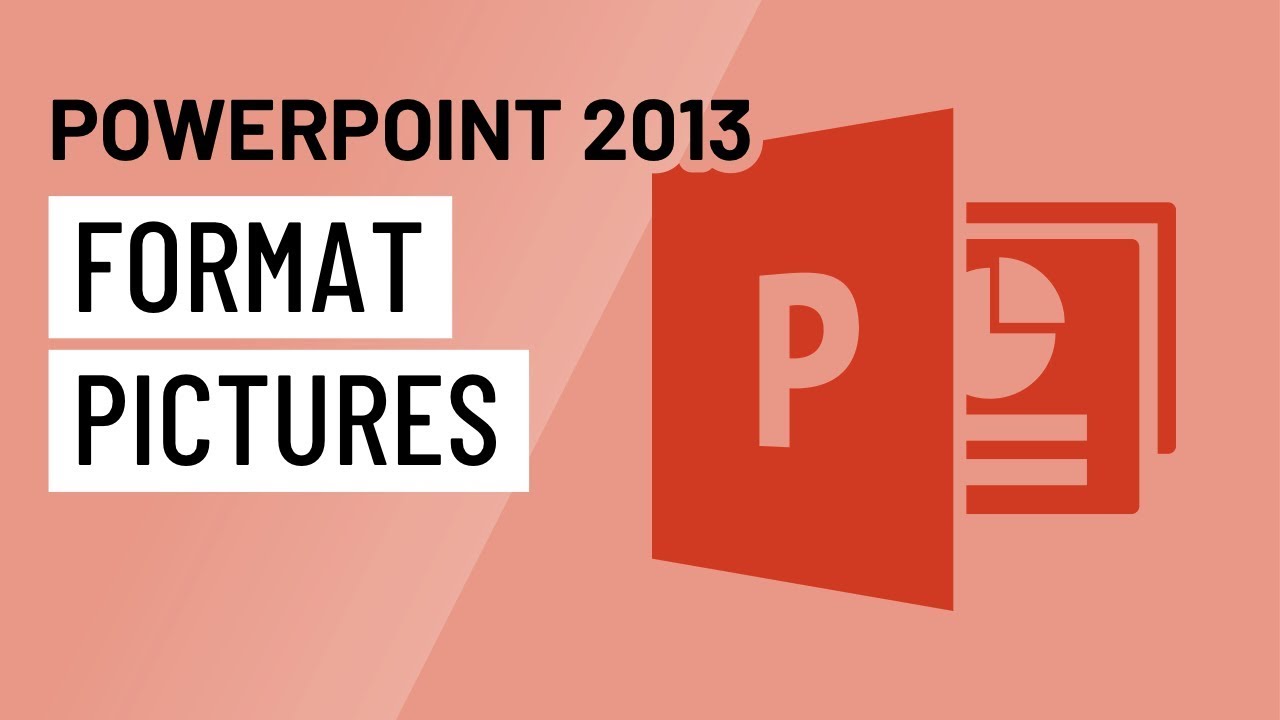
Introduction:
Microsoft PowerPoint 2013 stands as a powerhouse for creating visually compelling presentations, and the inclusion of images is a pivotal aspect of conveying messages effectively. However, the true potential of visual impact lies in the way images are formatted and presented on slides. In this extensive guide, we will delve into the intricacies of formatting pictures in PowerPoint 2013, exploring various techniques, customization options, and best practices to ensure your images not only enhance the visual appeal but also contribute to a seamless and professional presentation.
Understanding the Importance of Picture Formatting:
- Visual Consistency: Formatting pictures in a consistent manner contributes to the overall coherence of your presentation. Consistency in aspects such as color schemes, borders, and styles creates a polished and professional look.
- Emphasis and Hierarchy: Proper formatting allows you to emphasize key points, control visual hierarchy, and guide the audience’s attention. Whether it’s adjusting brightness, adding borders, or applying artistic effects, formatting enhances the role of images in conveying your message.
- Branding and Identity: In business presentations, maintaining consistent formatting aligns images with your brand identity. Customizing images to match your company’s visual guidelines reinforces brand recognition and professionalism.
Formatting Pictures in PowerPoint 2013:
- Adjusting Picture Size:
- Procedure:
- Select the picture you want to resize.
- Click and drag the corner handles to resize proportionally.
- Alternatively, use the “Size” options in the Format tab for precise resizing.
- Procedure:
- Cropping Images:
- Procedure:
- Select the image.
- Navigate to the Format tab and choose “Crop.”
- Adjust the cropping handles to define the desired area and click outside the image to apply.
- Procedure:
- Rotating and Flipping Images:
- Procedure:
- Select the image.
- In the Format tab, use the “Rotate” options to flip or rotate the image as needed.
- Procedure:
- Adjusting Brightness and Contrast:
- Procedure:
- Select the image.
- Navigate to the Format tab and click on “Corrections” to adjust brightness and contrast.
- Procedure:
- Applying Picture Styles:
- Procedure:
- Click on the image.
- Navigate to the Format tab and explore the “Picture Styles” options to apply preset styles, borders, and effects.
- Procedure:
- Adding Picture Borders:
- Procedure:
- Select the image.
- In the Format tab, choose “Picture Border” to add a border. Customize border color and weight as needed.
- Procedure:
- Applying Artistic Effects:
- Procedure:
- Select the image.
- Navigate to the Format tab and click on “Artistic Effects” to apply various visual filters and enhancements.
- Procedure:
Advanced Techniques in Picture Formatting:
- Grouping Images:
- Procedure:
- Select multiple images while holding down the Shift key.
- Right-click and choose “Group” to treat them as a single object. This is useful for maintaining the relative positions of multiple images.
- Procedure:
- Layering Images:
- Procedure:
- Select the image you want to move.
- Right-click and choose “Send to Back” or “Bring to Front” to adjust the layering order of images on the slide.
- Procedure:
- Inserting Images into Shapes:
- Procedure:
- Create a shape using the Shapes tool in the Insert tab.
- Right-click on the shape, choose “Format Shape,” and go to the “Fill” tab.
- Choose “Picture” or “Texture Fill” and insert an image into the shape.
- Procedure:
- Customizing Image Effects:
- Procedure:
- Select the image.
- In the Format tab, explore the “Picture Effects” options to apply shadows, reflections, glows, and more.
- Procedure:
Practical Tips for Effective Picture Formatting in PowerPoint 2013:
- Consistency is Key: Maintain a consistent formatting style across all images in your presentation. This includes uniform borders, color schemes, and styles to create a cohesive visual identity.
- Consider Brand Guidelines: For business presentations, adhere to your brand’s visual guidelines. Use company colors, fonts, and formatting styles to reinforce brand consistency.
- Enhance Readability: Format pictures with an emphasis on enhancing readability. This includes choosing appropriate colors, ensuring proper contrast, and avoiding overly complex effects that may distract from the content.
- Use Artistic Effects Sparingly: While artistic effects can add flair, use them judiciously. Overly stylized effects might detract from the professionalism of your presentation.
- Optimize Image File Sizes: Large image files can slow down your presentation. Optimize image file sizes by compressing them to ensure smooth transitions and loading times during your presentation.
Conclusion:
The formatting of pictures in PowerPoint 2013 is a nuanced and powerful aspect of crafting visually compelling presentations. By mastering the techniques of adjusting size, cropping, applying styles, and utilizing advanced features, you can transform your slides into engaging visual narratives. As you embark on the creative journey of crafting presentations, let the art of formatting pictures be your guide to delivering messages that captivate, inform, and leave a lasting impression. Happy presenting!